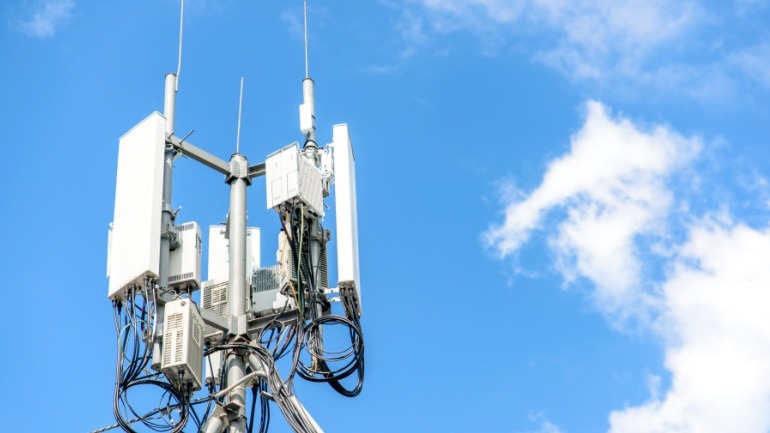A recent report by Ookla highlights the need for Internet Service Providers (ISPs) to improve home wifi as performance continues to lag behind ethernet in many advanced fixed broadband markets, with the UK being one of the countries most affected.
According to the report, the gap between ethernet and wifi performance in the UK has widened by 11.6% in the last year, with wifi now clocking in at 29.8% of ethernet speeds. Globally, the range is between 30-40%. Although ISPs in advanced fixed broadband markets are in the process of offering more advanced wifi routers and mesh networks, the report states that more needs to be done.
Adoption of newer wifi technology standards is essential for performance improvements. However, the report reveals that older generations of wifi 4 and wifi 5 remain dominant globally, while wifi 6 represents under 10% of the installation base as of February 2023. There were very few wifi 7 samples.
ISPs are the main driver behind the adoption of new wifi standards, according to another cited report. In terms of which regions are successful in rolling out wifi 6, Asia led the way with China and Hong Kong recording 42% adoption, followed by Singapore with 37%. North America showed the next highest adoption levels, with the US and Canada recording 32% and 30% respectively. European markets fared less favorably, with adoption ranging from 13% in the UK to 24% in Sweden.
The Ookla report underlines the significance of 6 GHz spectrum allocation for capitalizing on the newer generations, stating: “To capture the full performance benefits of Wi-Fi 6E and Wi-Fi 7, countries must allocate 6 GHz spectrum for unlicensed use, therefore allowing Wi-Fi devices to access this higher frequency, higher capacity spectrum, and utilize wider channels.”
The high prices of wifi 7 routers, such as TP-link’s flagship model Archer BE900 retailing at $699.99, are identified as a barrier to entry. Moreover, even the latest high-end phones like the Samsung Galaxy S23 and the Apple iPhone 14 do not yet support wifi 7. As a result, the report suggests that ISPs should prioritize the rollout of Wi-Fi 6/6E among their customer bases rather than leapfrogging to Wi-Fi 7.
In conclusion, the report emphasizes that ISPs need to do more to enhance the customer experience concerning home wifi, primarily through a combination of increased wifi 6 routers and mesh networking products. It is noteworthy that average users, outside of performance-hungry gamers, are not benefiting from the speeds available through their fiber contracts, especially in the UK.







